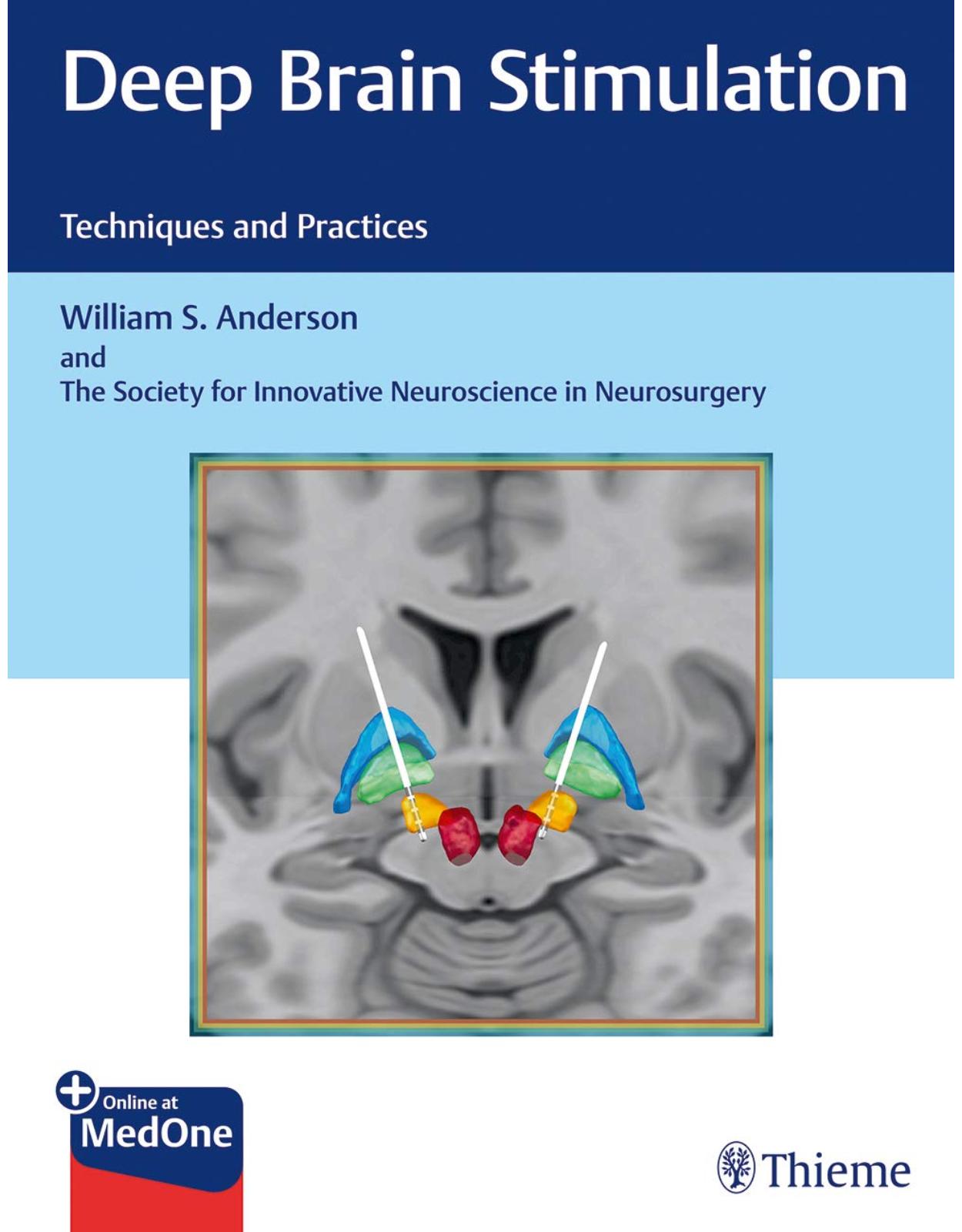
Deep Brain Stimulation: Techniques and Practices
Livrare gratis la comenzi peste 500 RON. Pentru celelalte comenzi livrarea este 20 RON.
Disponibilitate: La comanda in aproximativ 4 saptamani
Autor: William Anderson
Editura: Thieme
Limba: Engleza
Nr. pagini: 380
Coperta: Hardcover
Dimensiuni: 27.94 x 21.59 cm
An aparitie: 6 May 2019
Description:
The one-stop resource on deep brain stimulation for functional neurosurgeons!
Deep brain stimulation (DBS) is used to modulate dysfunctional circuits in the brain with stimulation pulses applied to specific target areas of the brain. Globally, DBS procedures have been most commonly performed for Parkinson's disease and essential tremor, but there are now new and growing research efforts studying DBS for psychiatric disorders and epilepsy.
Deep Brain Stimulation: Techniques and Practices written by the Society for Innovative Neuroscience in Neurosurgery along with Dr. William S. Anderson and distinguished experts presents the latest DBS approaches. The book begins with a history of DBS, general frame-based techniques, patient selection primarily for movement disorders, multidisciplinary collaboration, and ethical considerations. Subsequent chapters detail diverse technologies and disease-specific treatment for Parkinson's disease, essential tremor, dystonia, OCD, epilepsy, major depression, Tourette syndrome, emerging psychiatric indications, and pediatric applications.
Key highlights:
Lead placement techniques utilizing currently available customized platforms and robotics
Microelectrode recording and image-based direct targeting with MRI and CT to enhance lead placement
Lesioning methods including radiofrequency, and MR-guided focused ultrasound
Discussion of recent innovations in tractography to delineate white matter tracts in the brain and closed loop stimulation
DBS has helped thousands of patients with intractable conditions, allowing for a programmable therapy with durable treatment effect. This remarkable guide provides the essentials for functional neurosurgeons to pursue intraoperative research opportunities in this growing subspecialty and incorporate DBS into clinical practice.
Table of Contents:
1 Introduction to Deep Brain Stimulation: History, Techniques, and Ethical Considerations
1.1 Introduction
1.2 History of Deep Brain Stimulation
1.3 Ablative Procedures
1.4 Operative Techniques
1.4.1 Frame-based versus Frameless Approaches
1.4.2 Microelectrode Recording and Intraoperative Monitoring
1.4.3 Description of Surgical Procedure
1.5 Multidisciplinary Committees
1.6 Ethics
1.7 Conclusion
References
2 Customized Platform-Based Stereotactic DBS Lead Placement Technique (FHC STarFix, Medtronic Nexframe, and Robotic System Placement)
2.1 Background
2.2 Frame versus Imaging-based Coordinate Systems
2.2.1 Surgical Targeting Fixture (STarFix) Platform
2.2.2 Nexframe
2.2.3 Robotic Assisted Placement
2.3 System Comparison
References
3 Microelectrode Recording Methods
3.1 Introduction
3.2 The Rationale for Mapping
3.3 Microelectrode Technology and Technique
3.3.1 Ventral Thalamus
3.3.2 Globus Pallidus
3.3.3 Subthalamic Nucleus
3.4 Controversies and Complications
3.5 Summary
References
4 Intraoperative Imaging-Based Lead Implantation
4.1 Introduction
4.2 Evolution of Lead Implantation in the Asleep Patient
4.3 Intraoperative-CT-verified DBS
4.4 Intraoperative-MRI or Interventional-MRI-guided DBS
4.4.1 iMRI Environment
4.4.2 MRI Sequences for Anatomic Targeting
4.4.3 ClearPoint Workflow
4.5 Patient Selection for DBS Under General Anesthesia
4.6 Future Directions
References
5 Lesioning Methods for Movement Disorders
5.1 Introduction
5.2 Pallidotomy
5.3 Ventral Thalamotomy
5.4 Stereotactic Surgical Technique
5.5 Radiosurgical Lesioning Procedures
5.6 Laser Interstitial Thermal Therapy with MR Thermography
5.7 MR-guided Focused Ultrasound
5.8 Conclusion
References
6 Computational Modeling and Tractography for DBS Targeting
6.1 Introduction
6.2 Computational Modeling Techniques
6.2.1 Volume of Tissue Activated
6.2.2 Whole-Brain Network Models
6.2.3 Beyond Conventional Stimulation
6.3 Advanced Imaging Techniques
6.3.1 Diffusion-Weighted Imaging and Tractography
6.3.2 Advancements in Anatomic Imaging
6.4 Future Applications of Computational Modeling and Advanced Imaging
References
7 Closed-Loop Stimulation Methods: Current Practice and Future Promise
7.1 Introduction
7.2 Approaches to Closed-Loop Neuromodulation
7.2.1 Considerations for Designing an Optimal System
7.2.2 Sources of Feedback Signals
7.2.3 Control Systems and Stimulation Paradigms
7.3 Existing Technology Platforms and Clinical Data
7.3.1 Adaptive Deep Brain Stimulation
7.3.2 Closed-Loop Stimulation for Epilepsy
7.3.3 Closed-Loop Vagal Nerve Stimulation
7.3.4 Closed-Loop Spinal Cord Stimulation
7.4 Outstanding Questions and New Horizons
7.4.1 Effects of Closed-Loop Stimulation on the Underlying Mechanism of DBS
7.4.2 Accelerating Improvements in Control Algorithms Using Machine Learning
7.4.3 Using Multiple Feedback Signals
7.5 Conclusion
References
8 Parkinson’s Disease Application
8.1 Introduction
8.2 Patient Selection
8.3 Goals of Treatment
8.4 Target Selection
8.4.1 Less Frequently Used Targets
8.5 Benefits of DBS
8.6 Risks of DBS
8.7 Techniques
8.7.1 Frame-based Implantation
8.7.2 Frameless Implantation
8.7.3 Stereotactic Targeting: Subthalamic nucleus
8.7.4 Stereotactic Targeting: Globus Pallidus Pars Interna
8.7.5 Target Confirmation
8.8 After Surgery
8.9 Summary and Conclusion
References
9 Essential Tremor Application
9.1 Presentation
9.1.1 Classification of Essential Tremor
9.1.2 Tremor Severity
9.2 Genetics
9.3 Pathophysiology and Tremor Circuitry
9.4 Diagnostic Testing
9.4.1 Testing and Grading Scales for Essential Tremor
9.5 The Medical Management of Essential Tremor
9.6 Surgical Management of Essential Tremor
9.6.1 Surgical Patient Selection
9.6.2 Tremor Evaluation
9.6.3 Quality of Life
9.6.4 Comorbidities
9.6.5 Strength of Support System
9.7 Surgical Interventions
9.7.1 Deep Brain Stimulation – Stereotactic Frame
9.7.2 Target and Trajectory Planning
9.7.3 Intraoperative Recordings and Mapping
9.7.4 Postoperative Management and Complications
9.7.5 Complications
9.7.6 Deep Brain Stimulation – Frameless Techniques
9.8 Minimally Invasive Techniques
9.8.1 Gamma Knife Thalamotomy
9.8.2 High-Frequency Focused Ultrasound
9.9 Future directions
9.9.1 Image-Guided DBS Based on DTI versus Awake MER-Guided DBS
References
10 Deep Brain Stimulation for Dystonia—Clinical Review and Surgical Considerations
10.1 Introduction
10.2 Classification and Examination of Dystonias
10.2.1 Axis I—Clinical Considerations
10.2.2 Axis II—Etiological Considerations
10.2.3 Rating Scales
10.3 Medical Management
10.3.1 Physical and Supportive Therapy
10.3.2 Pharmacological Considerations
10.3.3 Botulinum Injections
10.4 Surgical Treatment
10.4.1 Deep Brain Stimulation
10.4.2 Postoperative Complications
10.4.3 Stimulation Side Effects
10.5 Outcomes and DBS Programming
10.5.1 Primary Generalized Dystonia
10.5.2 Focal Dystonia/Cervical Dystonia
10.5.3 Secondary Dystonia
10.5.4 Postulates on Mechanism of Action
10.5.5 DBS Programming and Stimulation Parameters
10.6 Conclusion
References
11 Deep Brain Stimulation for Obsessive Compulsive Disorder
11.1 Introduction
11.2 Development of Stereotactic Neurosurgery for OCD
11.3 OCD Pathophysiology
11.4 Development of Targets for DBS for OCD
11.5 Criteria for Candidacy
11.6 Efficacy of DBS for OCD
11.7 Adverse Events
11.8 Summary of Studies
11.9 Considerations for Trial Design
11.10 Future Directions
11.11 Conclusion
References
12 Deep Brain Stimulation in Epilepsy
12.1 Introduction
12.2 Cerebellum
12.2.1 Cerebellar Cortex Stimulation
12.2.2 Deep Cerebellar Nuclei
12.3 The Thalamus
12.3.1 Centromedian Nucleus
12.3.2 Anterior Nucleus of the Thalamus
12.4 Basal Ganglia
12.4.1 Subthalamic Nucleus
12.4.2 Caudate Nucleus
12.5 Hippocampus
12.6 Responsive Neurostimulation
12.7 Conclusion
References
13 Deep Brain Stimulation in Major Depression
13.1 Introduction
13.2 The Current State of DBS for Major Depression
13.2.1 Initial DBS Application to Depression: Targeting the Subcallosal Cingulate
13.2.2 Targeting the Nucleus Accumbens
13.2.3 Targeting the Ventral Capsule/Ventral Striatum
13.2.4 Targeting the Medial Forebrain Bundle
13.2.5 DBS for Bipolar Depression
13.2.6 Ongoing DBS trials
13.3 The Future of DBS for Major Depression
13.3.1 Depression is Heterogeneous and its Treatment is Susceptible to Placebo Response
13.3.2 Lessons from Randomized Controlled Trial Design
13.3.3 Confirming Functional Target Engagement—A Necessary Next Step?
13.3.4 Neuroethics of DBS for TRD
13.4 Conclusion
References
14 Deep Brain Stimulation in Tourette Syndrome
14.1 Introduction
14.2 Epidemiology of Tourette Syndrome
14.3 Characteristics of Tourette Syndrome
14.3.1 Comorbidities
14.3.2 Tic Measurement Scales
14.4 Pathophysiology of Tourette Syndrome
14.5 Treatment for Tourette Syndrome
14.5.1 History of Lesioning
14.5.2 Deep Brain Stimulation for Tourette Syndrome
14.5.3 Selection Criteria
14.6 Surgical Flow and DBS Lead Placement
14.7 Postoperative Programming of the Pulse Generator for the DBS System
14.8 Future Directions
References
15 Deep Brain Stimulation for Emerging Psychiatric Indications
15.1 Introduction
15.2 Anorexia Nervosa
15.3 Addiction and Substance Use Disorders
15.4 Aggressive and Self-Injurious Behavior
15.5 Post-traumatic Stress Disorder
15.6 Schizophrenia
15.7 Conclusion
References
16 Intraoperative Research during Deep Brain Stimulation Surgery
16.1 Introduction
16.2 Formulating Hypotheses
16.3 Patient Selection and IRB Approval
16.4 Equipment and Setup
16.5 Behavioral Task Control
16.6 Data Analysis
16.7 Image-Based Reconstruction of Recording Sites
16.7.1 Image Acquisition Considerations
16.7.2 Reconstructing the Recording Locations
16.7.3 Additional Image-Based Analyses
16.7.4 Diffusion-Weighted Imaging Analysis
16.8 Limitations
16.9 Conclusion
References
17 Deep Brain Stimulation: Techniques and Practice for Pediatrics Indications
17.1 Introduction
17.2 Pediatric Movement Disorders: Neurosurgical Emergencies
17.3 Dystonia
17.4 Spasticity
17.5 Tourette syndrome
17.6 Surgical Considerations
17.7 Illustrative Case of DBS Insertion
17.8 Further Directions
17.9 Some Pearls in Pediatric Functional Neurosurgery
References
18 Establishing a Deep Brain Stimulation Practice
18.1 Introduction
18.2 What Do I Actually Want?
18.2.1 What Do I want: Joining a Program, or Starting a Program?
18.2.2 What Do I want: Teaching, Research, Surgery?
18.2.3 What Do I Want: My Schedule?
18.3 Practice Types
18.3.1 Practice Types: Private Practice
18.3.2 Practice Types: Hospital-Employed
18.3.3 Practice Types: Academic
18.4 How to Get Started?
18.4.1 How to Get Started: Building Your Team?
18.4.2 How to Get Started: Other Team Members?
18.4.3 How to Get Started: Hospital Partnership?
18.4.4 How to Get Started: The Role of Industry?
18.4.5 How to Get Started: Community Outreach?
18.4.6 How to Get Started: Building Your Reputation?
18.5 Summary and Conclusion
References
Index
| An aparitie | 6 May 2019 |
| Autor | William Anderson |
| Dimensiuni | 27.94 x 21.59 cm |
| Editura | Thieme |
| Format | Hardcover |
| ISBN | 9781626237971 |
| Limba | Engleza |
| Nr pag | 380 |
-
33800 lei 31700 lei

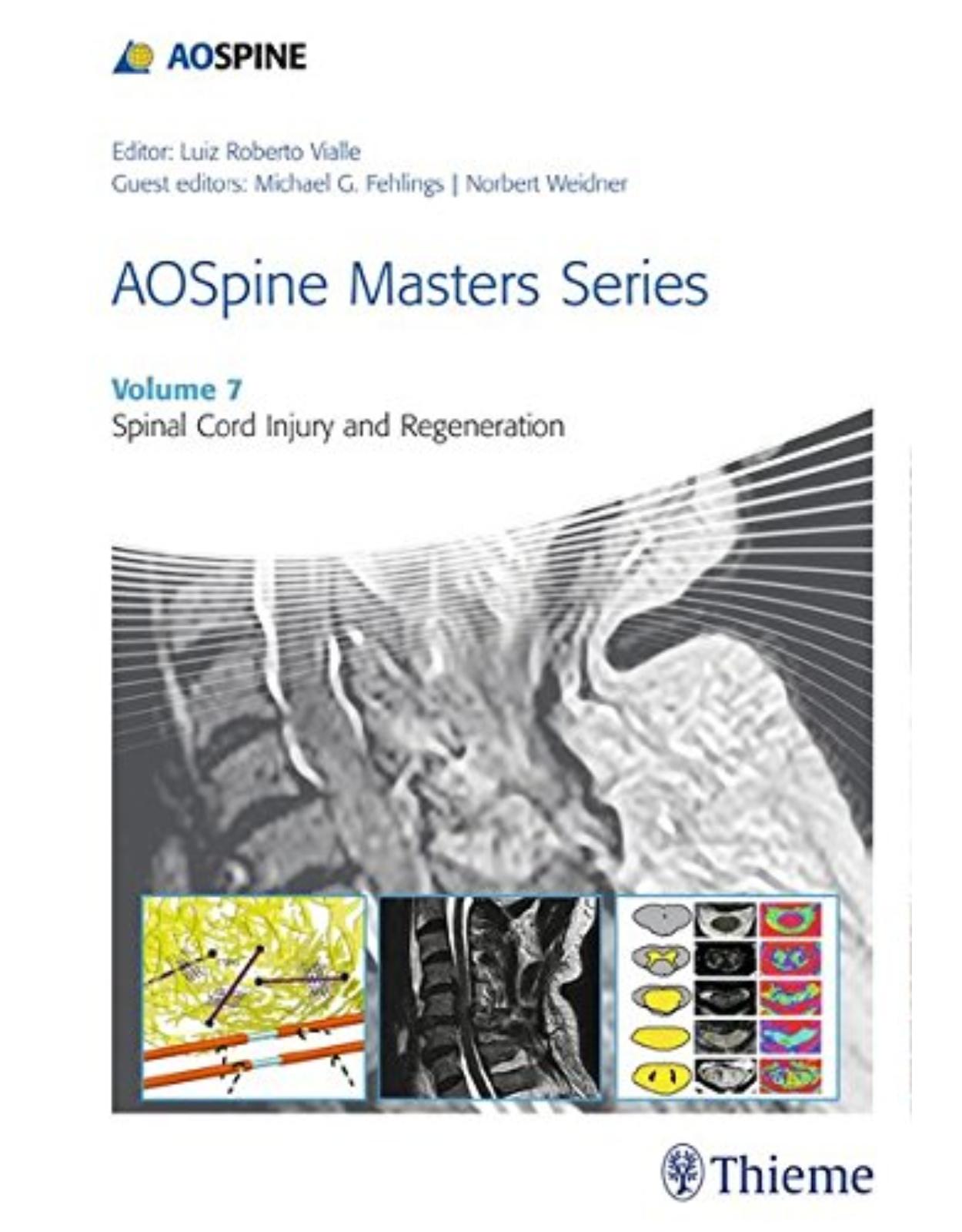
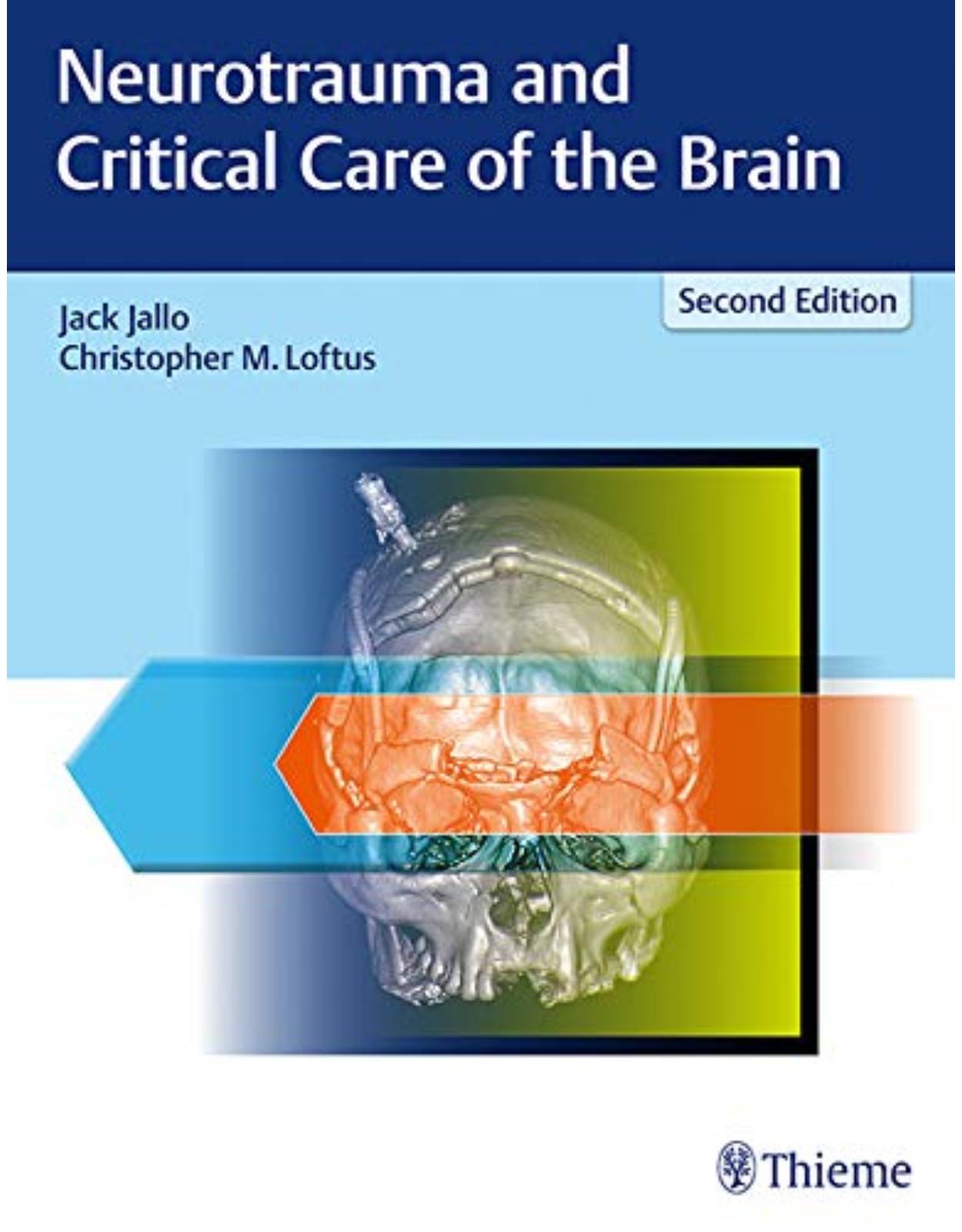
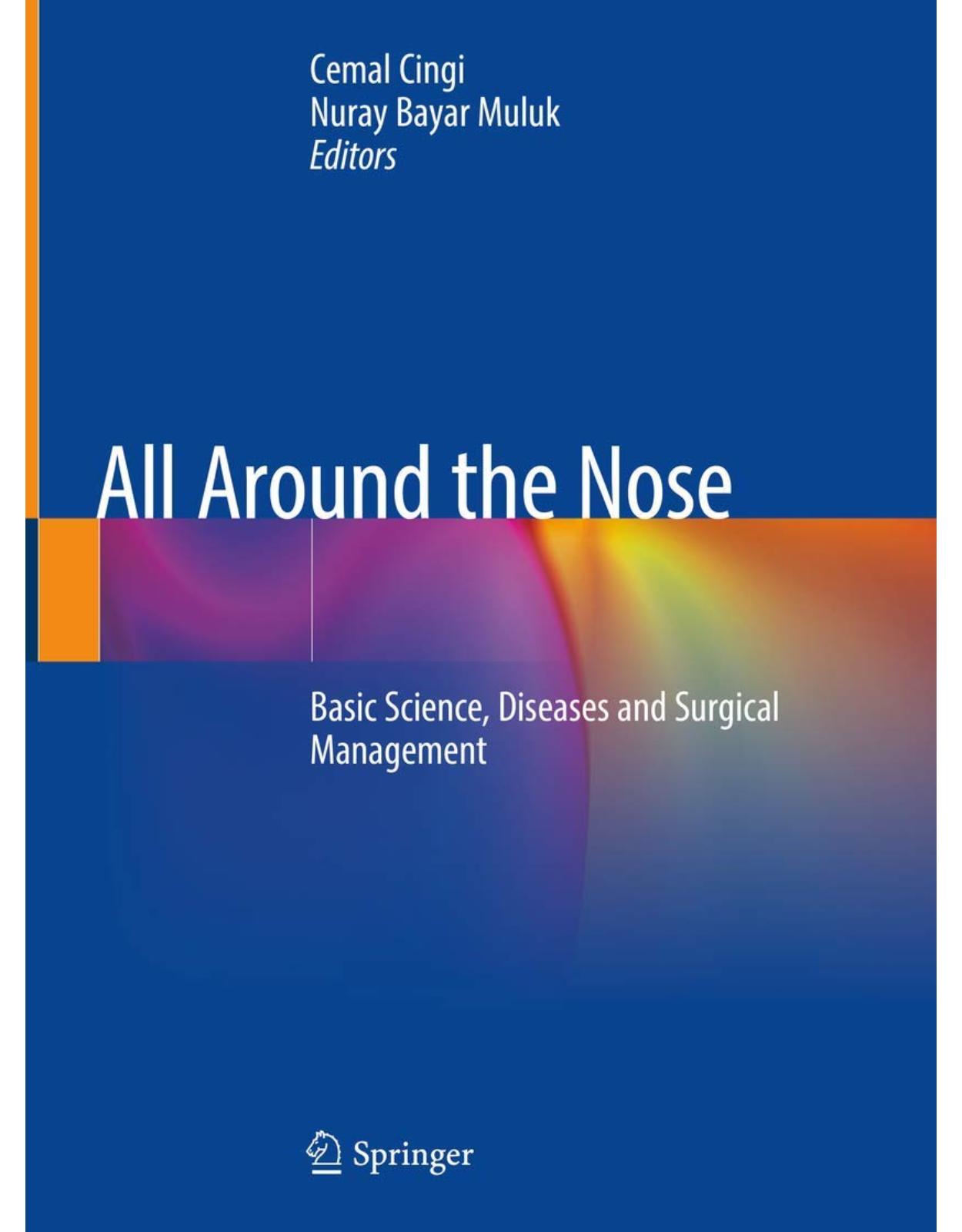
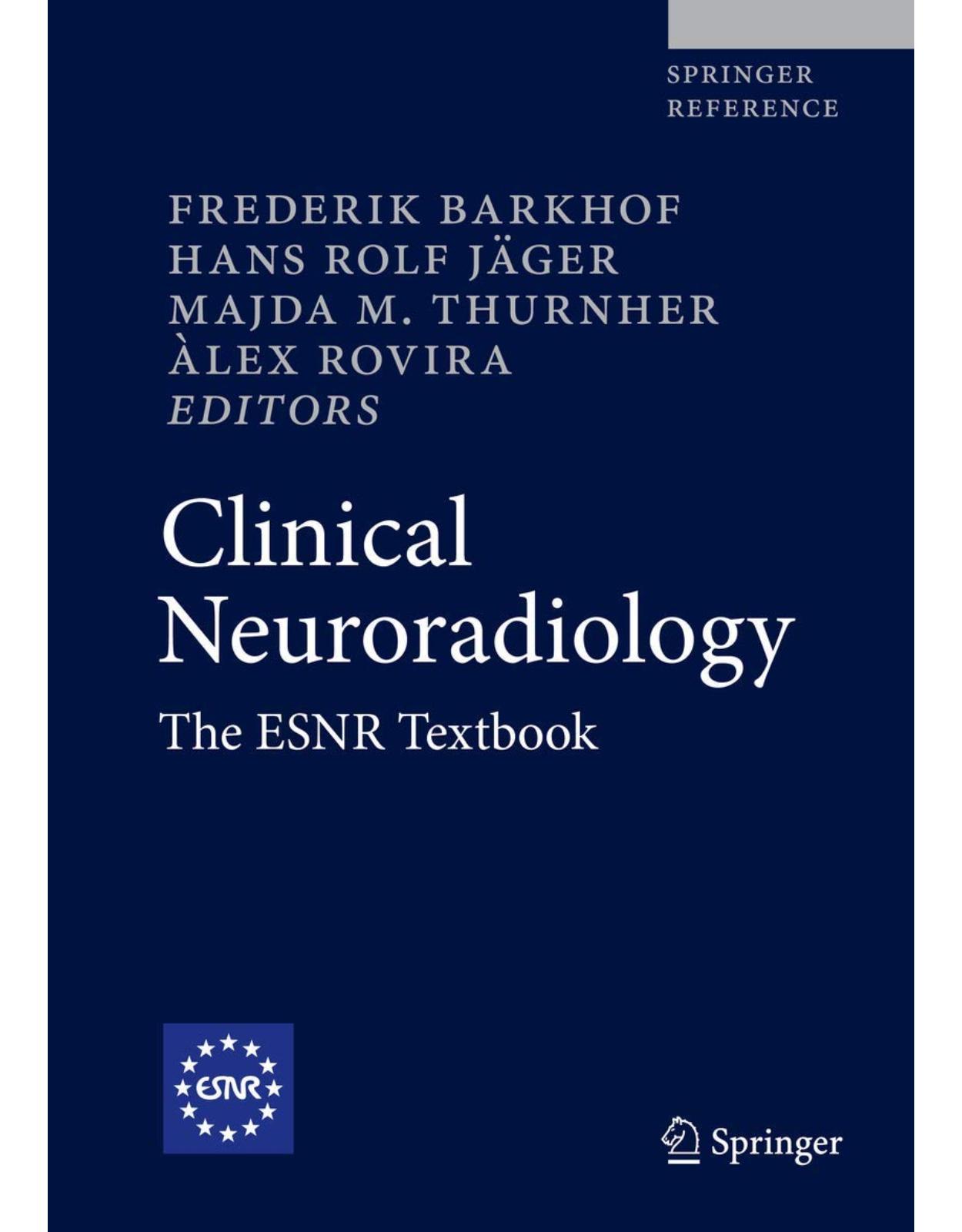
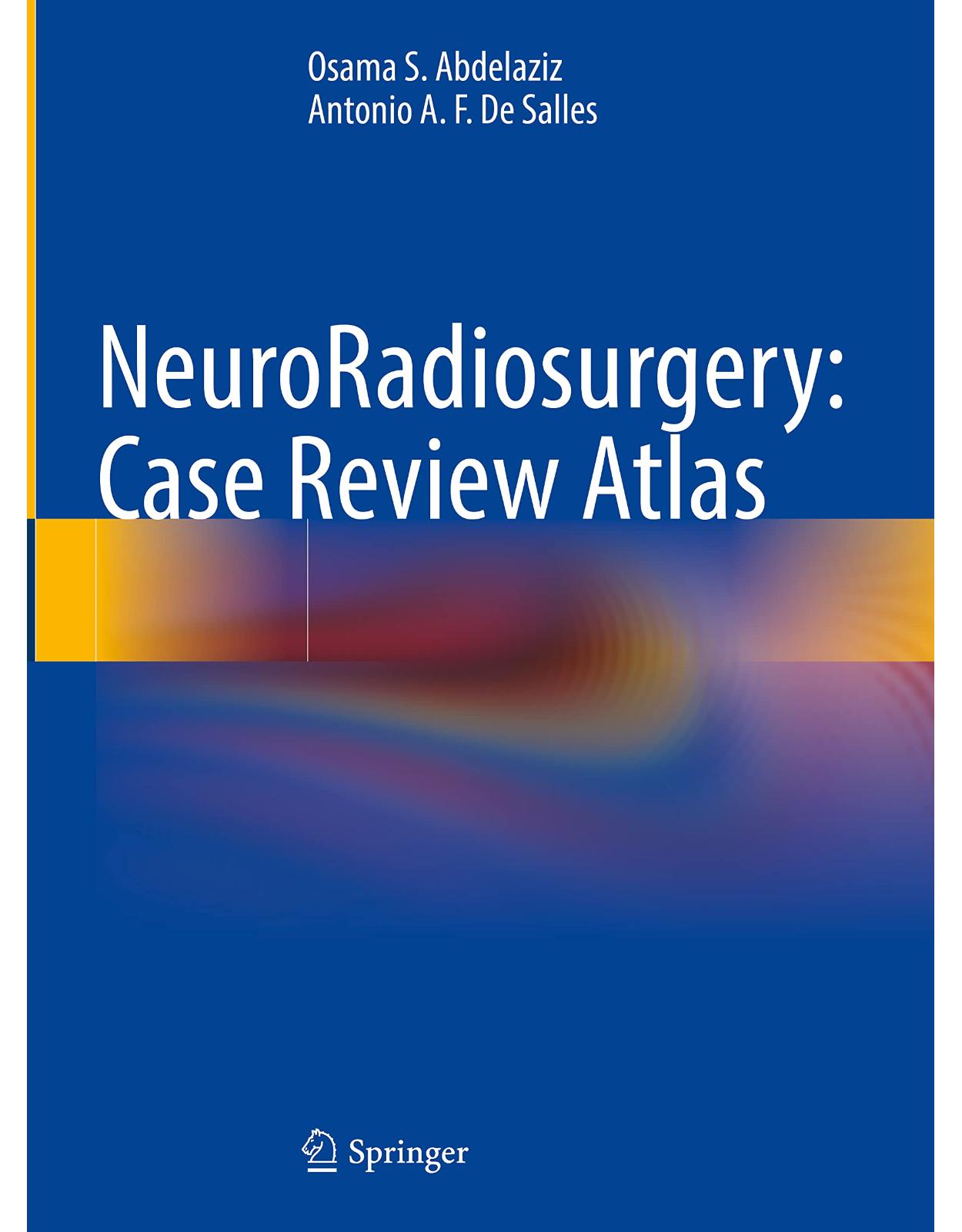
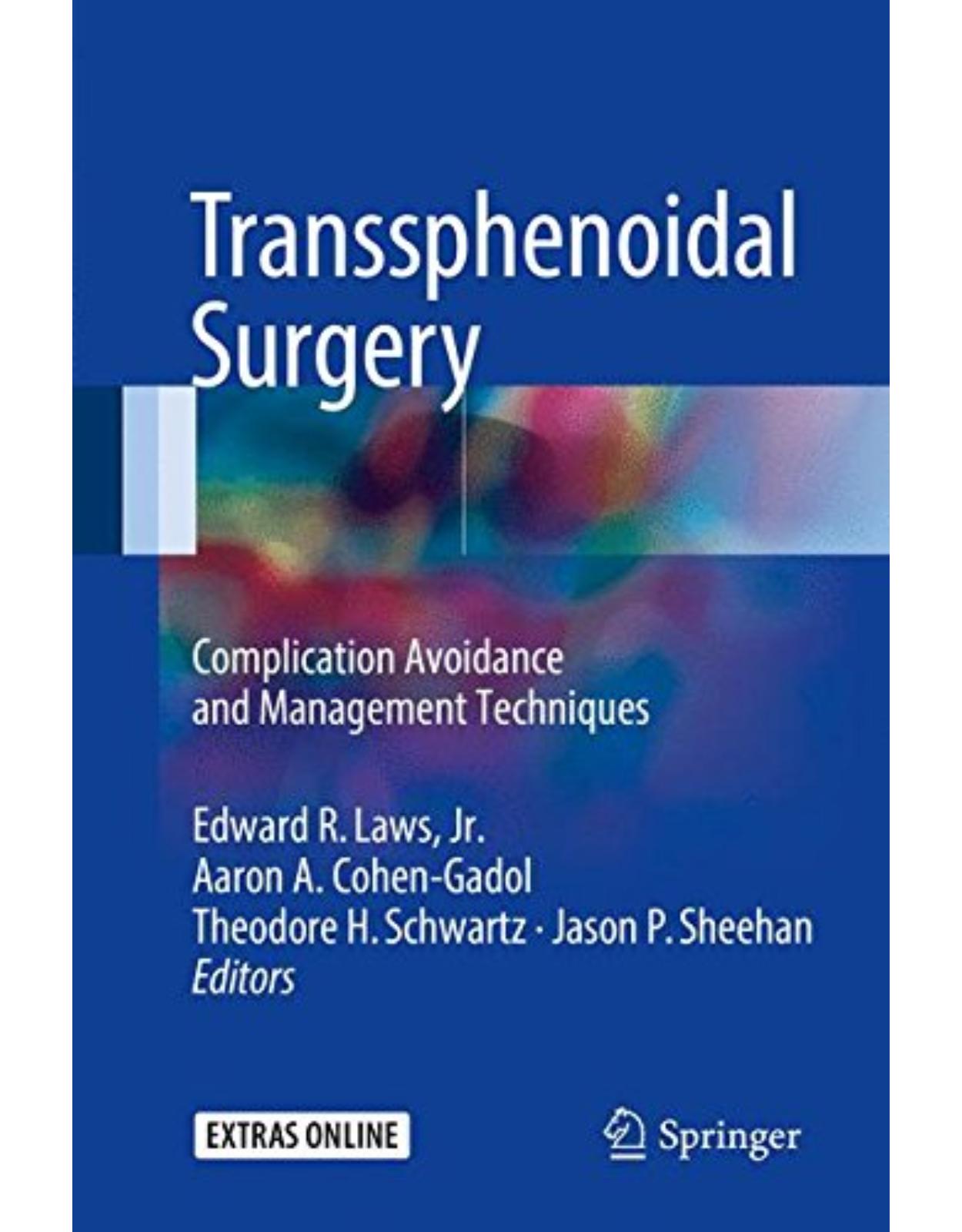
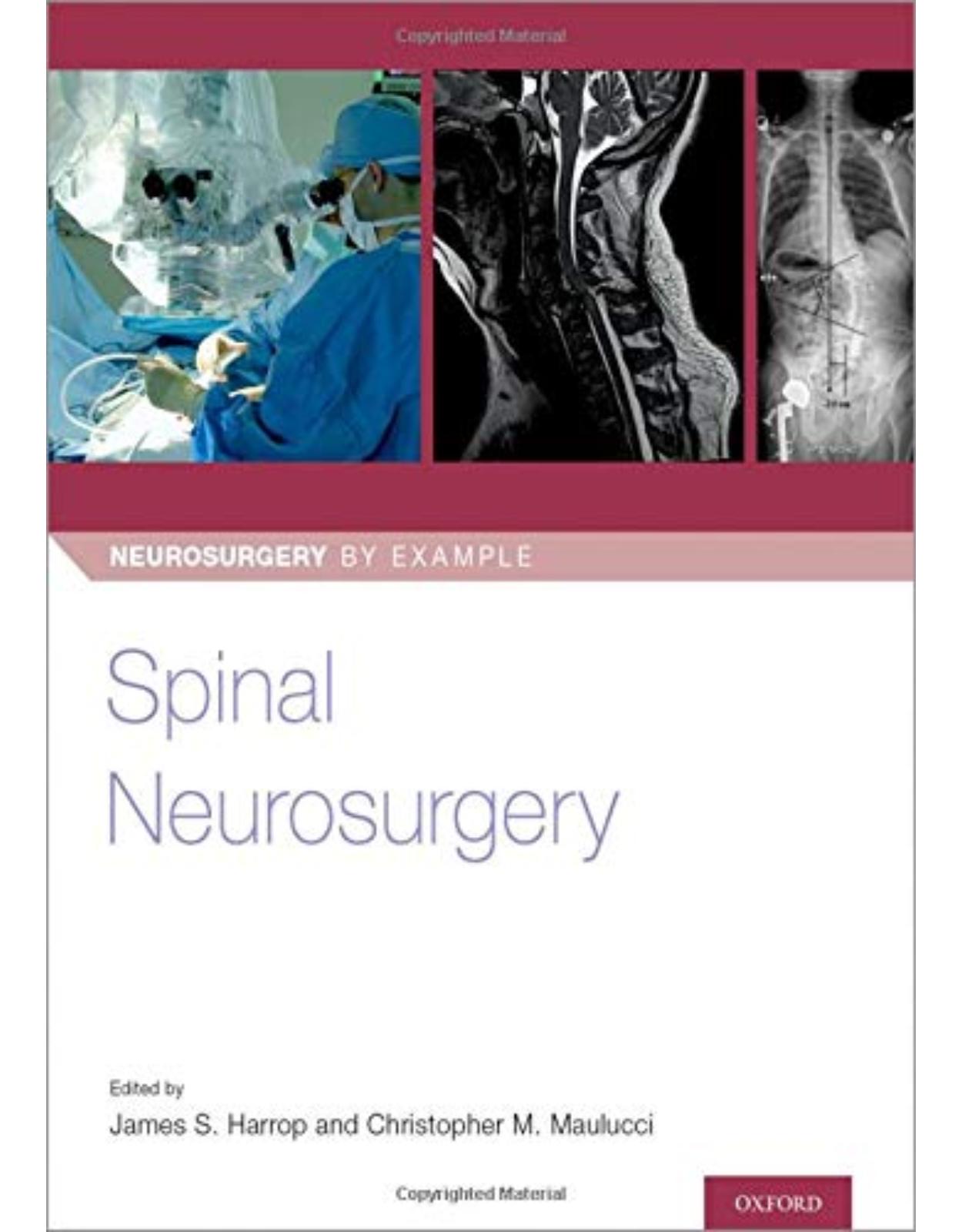
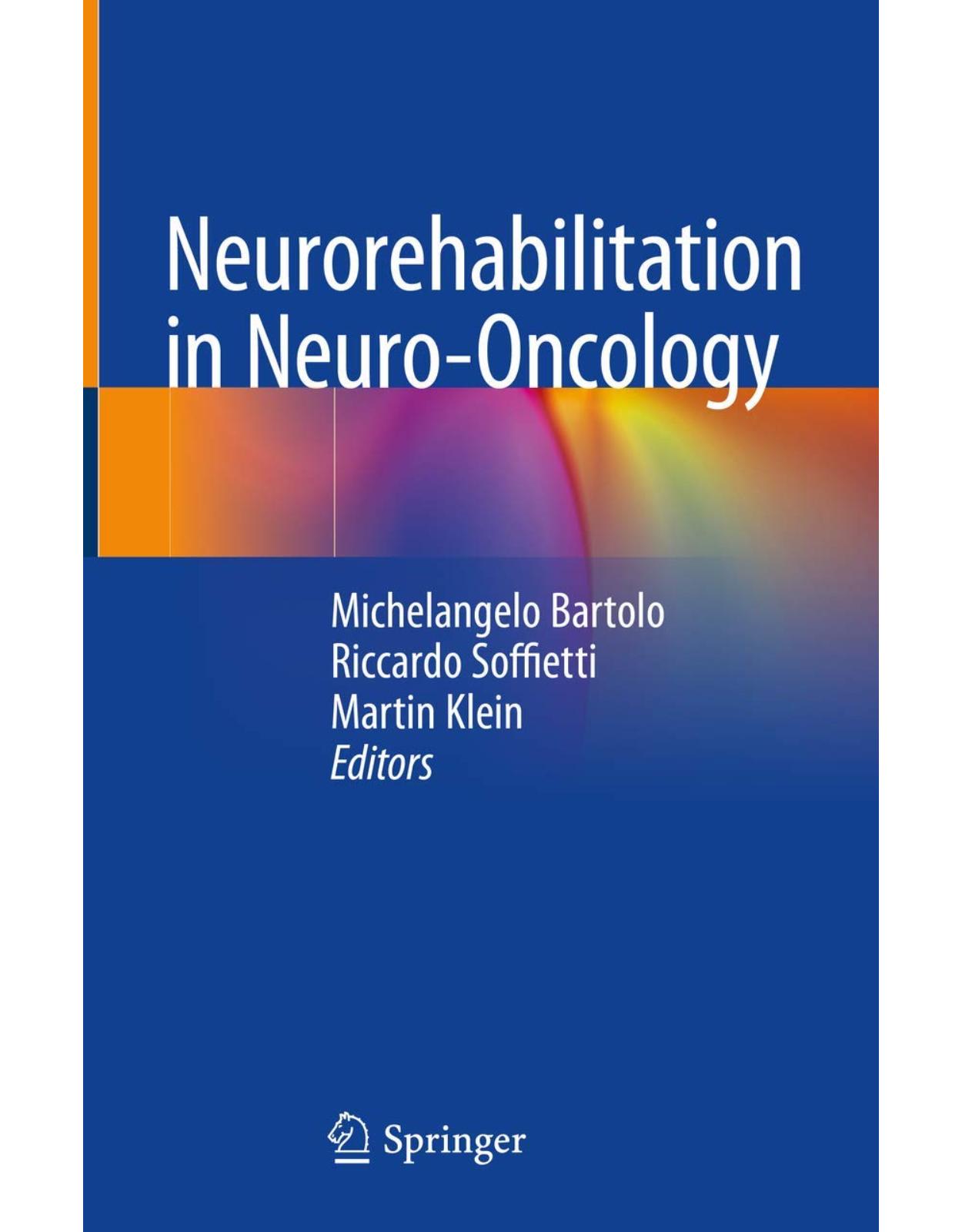
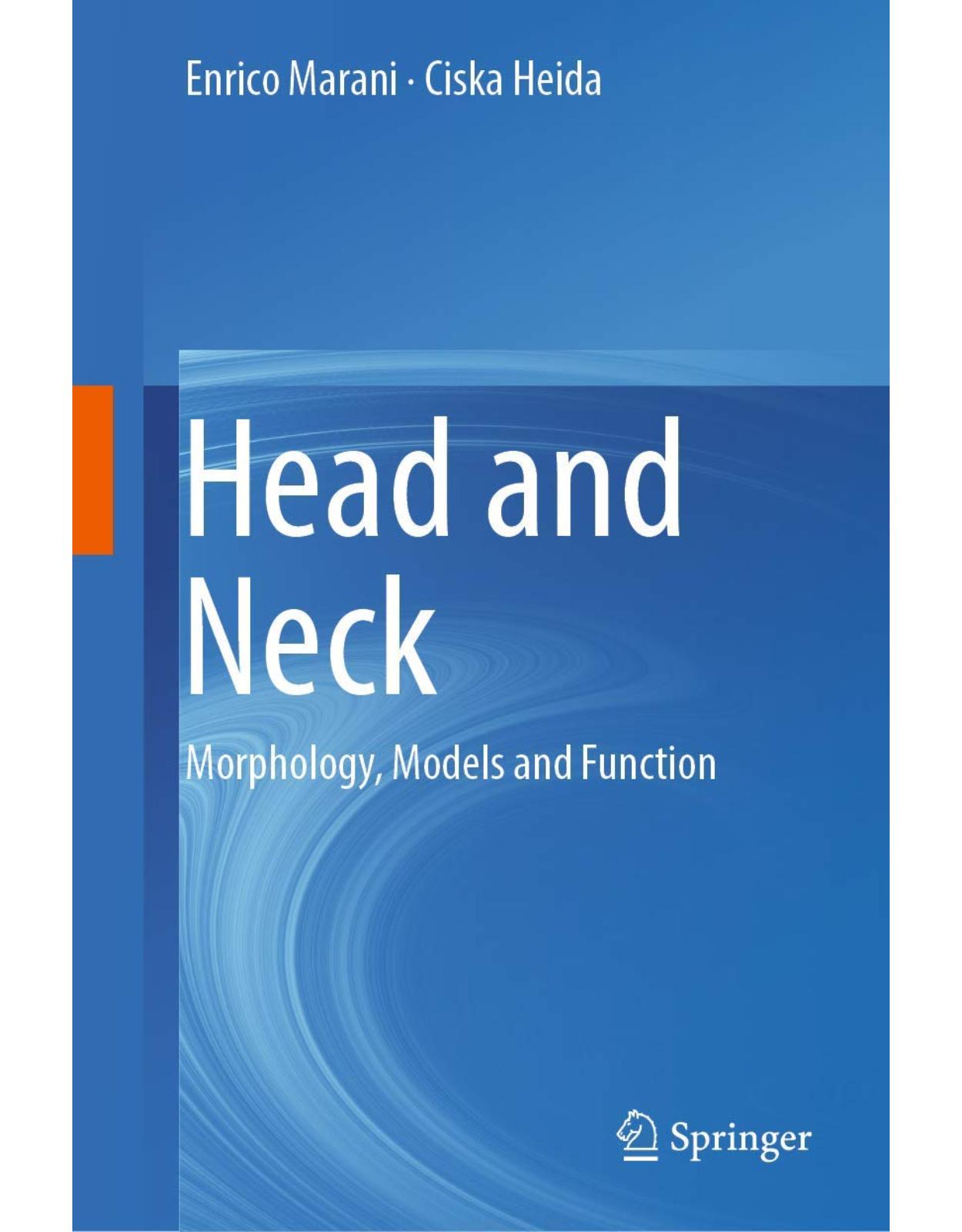
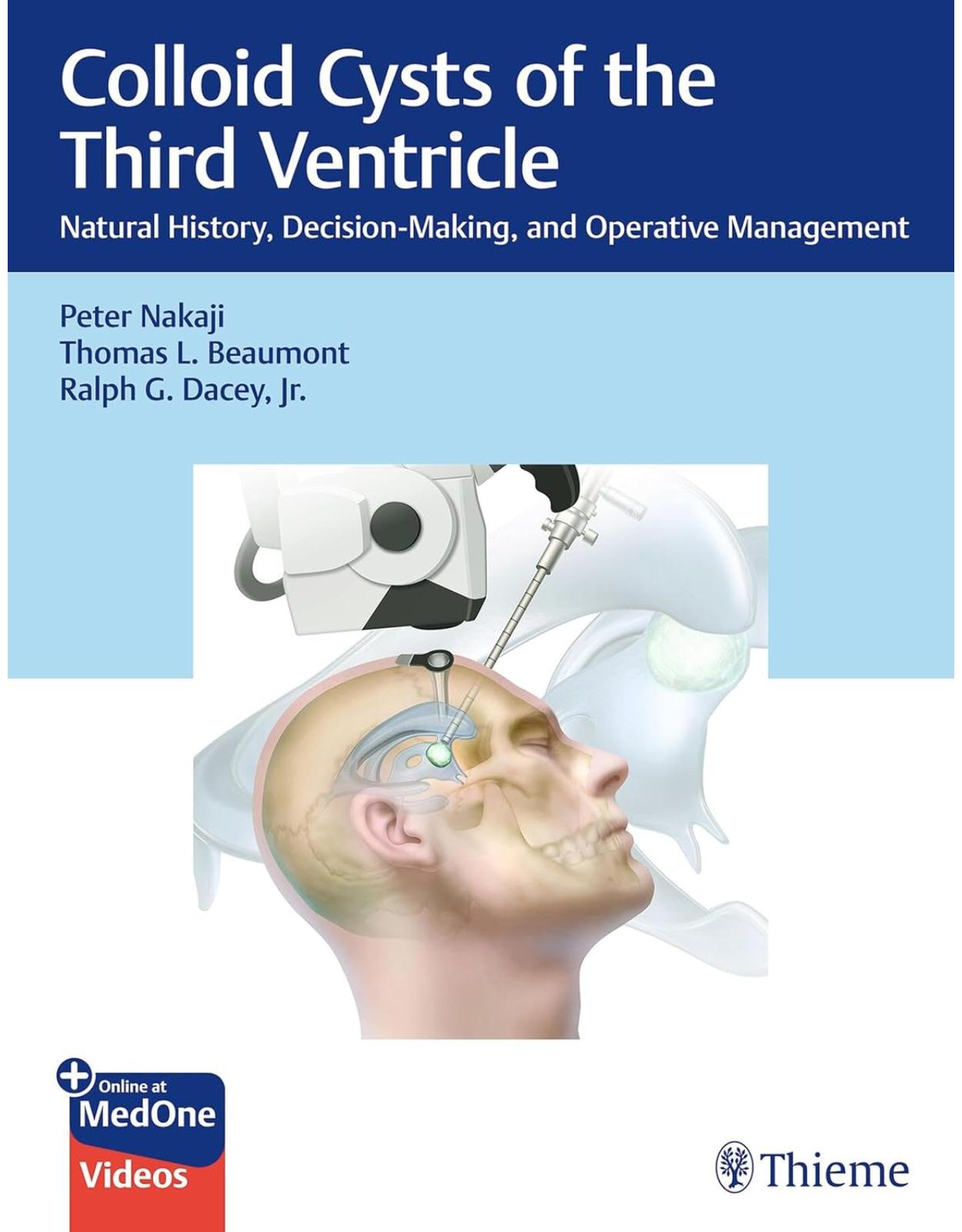
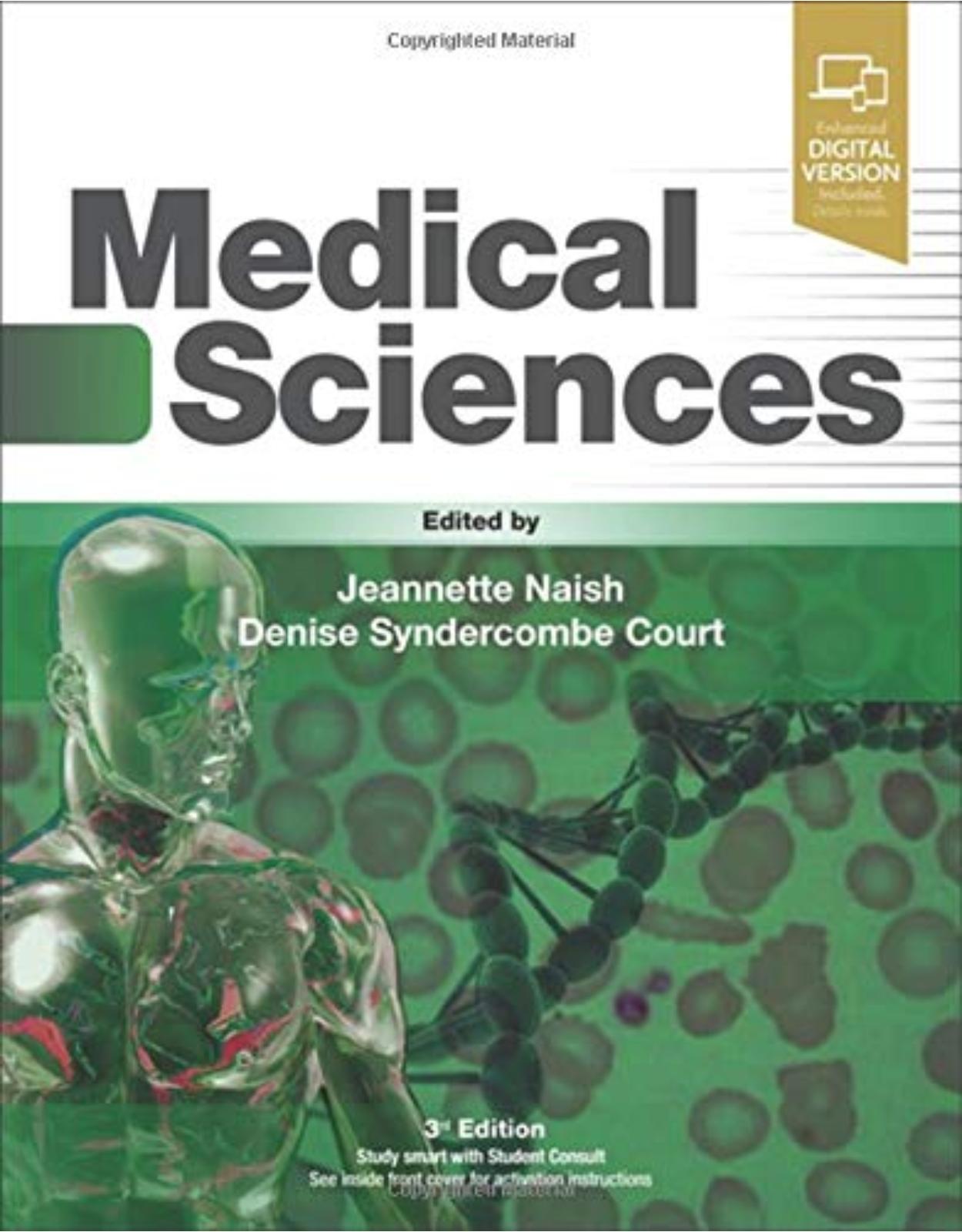
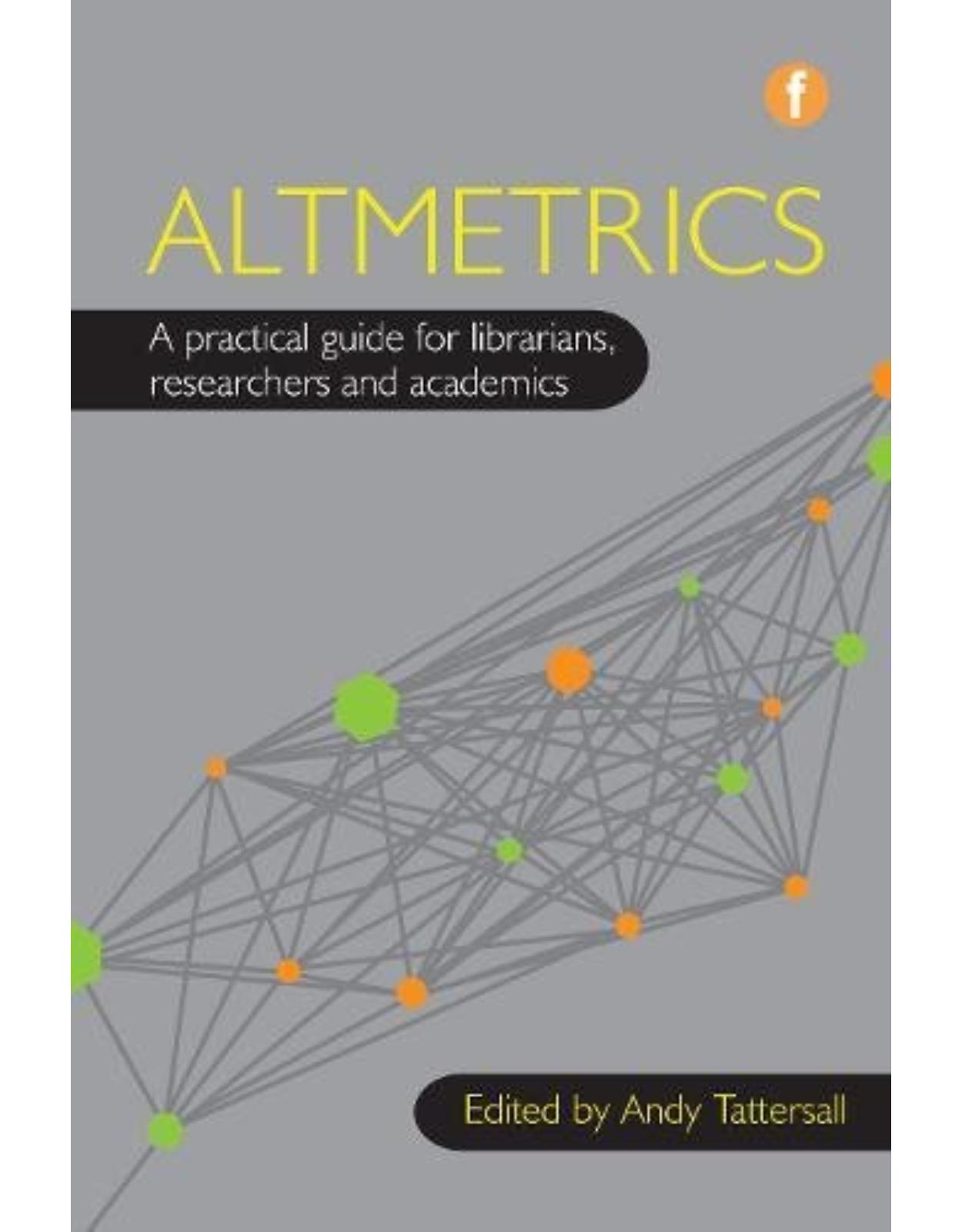

Clientii ebookshop.ro nu au adaugat inca opinii pentru acest produs. Fii primul care adauga o parere, folosind formularul de mai jos.